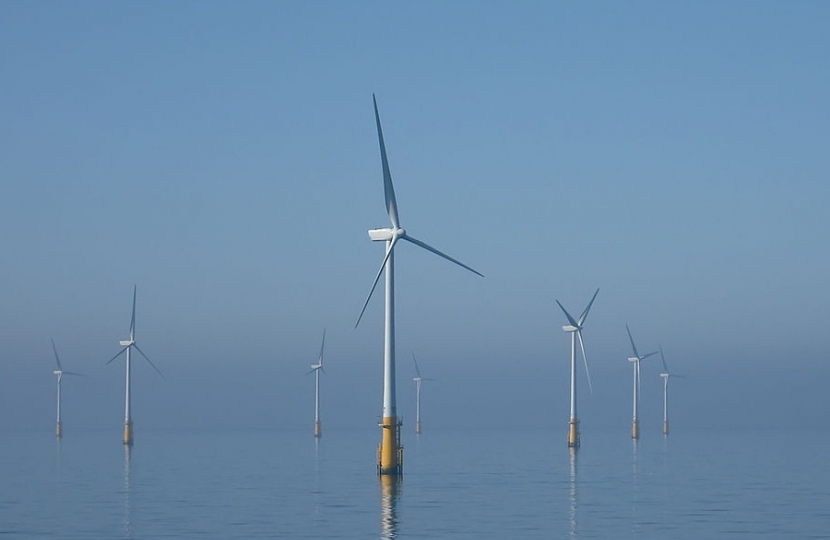
By Dr Capell Aris
As you drive along the M6 in Lancashire, you pass close to a huge, solitary wind turbine. It’s always rotating in even the lightest winds and you might be impressed, thinking that it’s delivering between two and three megawatts (MW) to the national grid. You are wrong!
In my recent paper Wind Power Reassessed: A review of the UK wind resource for electricity generation, published jointly by the Adam Smith Institute and Scientific Alliance, I have gathered nine years of half-hourly wind data from 22 locations across the UK and used this to drive a model wind fleet comprising more than 3,600 modern wind turbines. The wind fleet is thus roughly the same nameplate capacity as the present UK fleet – 10 gigawatts (GW).
The results are disappointing. The output power surpasses 80 per cent of its rated capacity for just 163 hours of the 8,766 in a year—19 per cent of the time. It passes 90 per cent for only 17 hours a year.
Worse still, the power delivered is below 20 per cent of the available for 3,448 hours (20 weeks) per annum, and below 10 per cent for 1,519 hours (9 weeks) per annum.
It’s often claimed that the production from a wind turbine can be expected to be between 25 per cent and 30 per cent of stated capacity, and the model I’ve produced supports that claim. But that does not mean that the wind turbines are usually producing 25 per cent power; the most common level of production is 8.5 per cent. So if that Lancashire turbine is a three MW model, most of the time you see it, it will be producing about 255 (kilowatts) kW; roughly the same as three small cars, or two large estate cars!
But that’s not the end of our disappointment. Of those 3,448 hours during which output is below 20 per cent, these occur in prolonged spells of low production; three quarters of them will last longer than 12 hours. Around four fifths of the time when output is below 10 per cent occurs for periods of six hours or more. And these long gaps in production are not summer events: they’re evenly spread over all seasons – winter gets its fair share. So just as the grid needs as much generation as possible it can “disappear”, sometimes for nearly a week!
Even when the wind fleet is producing useful quantities of power, there’s another drawback to their performance. The output of the whole fleet can vary by as much as five percentage points across times as short as half an hour. The implication for the UK grid is that fossil plants must be called upon to mitigate wind’s variability in order to stabilise the overall supply.
It’s claimed that these problems can be solved by building interconnectors. But interconnectors won’t solve the long gaps in winter when production is negligible.
In addition to the UK model, it was easy to extend my study to Ireland and to the whole of the north European plane, where most of Europe’s wind industry is built. This added another 21 locations to the full model, with all the observations time synchronised. Ireland has a small wind fleet, but it has much the same wind resource as the UK.
For Europe, those locations along the coast of the North Sea experience conditions with slightly reduced wind speeds, but for Germany the capacity factor drops below 20 per cent. For the north European area we see a model fleet from which production is below 20 per cent of nameplate capacity for 31 weeks per year, and below 10 per cent for 20 weeks. When we join all three fleets together, we find that production is below 20 per cent for 27 weeks per annum. And there are still those long gaps in winter when production is negligible.
With all these problems revealed by this model, perhaps it’s time for a more rigorous audit of our policy of exploiting wind generation? Is our present wind fleet fit for purpose, or we do we need to send the designs back to the drawing board?
Source: ConservativeHome
http://www.conservativehome.com/thinktankcentral/2014/10/dr-capell-aris…
Reproduced with permission

